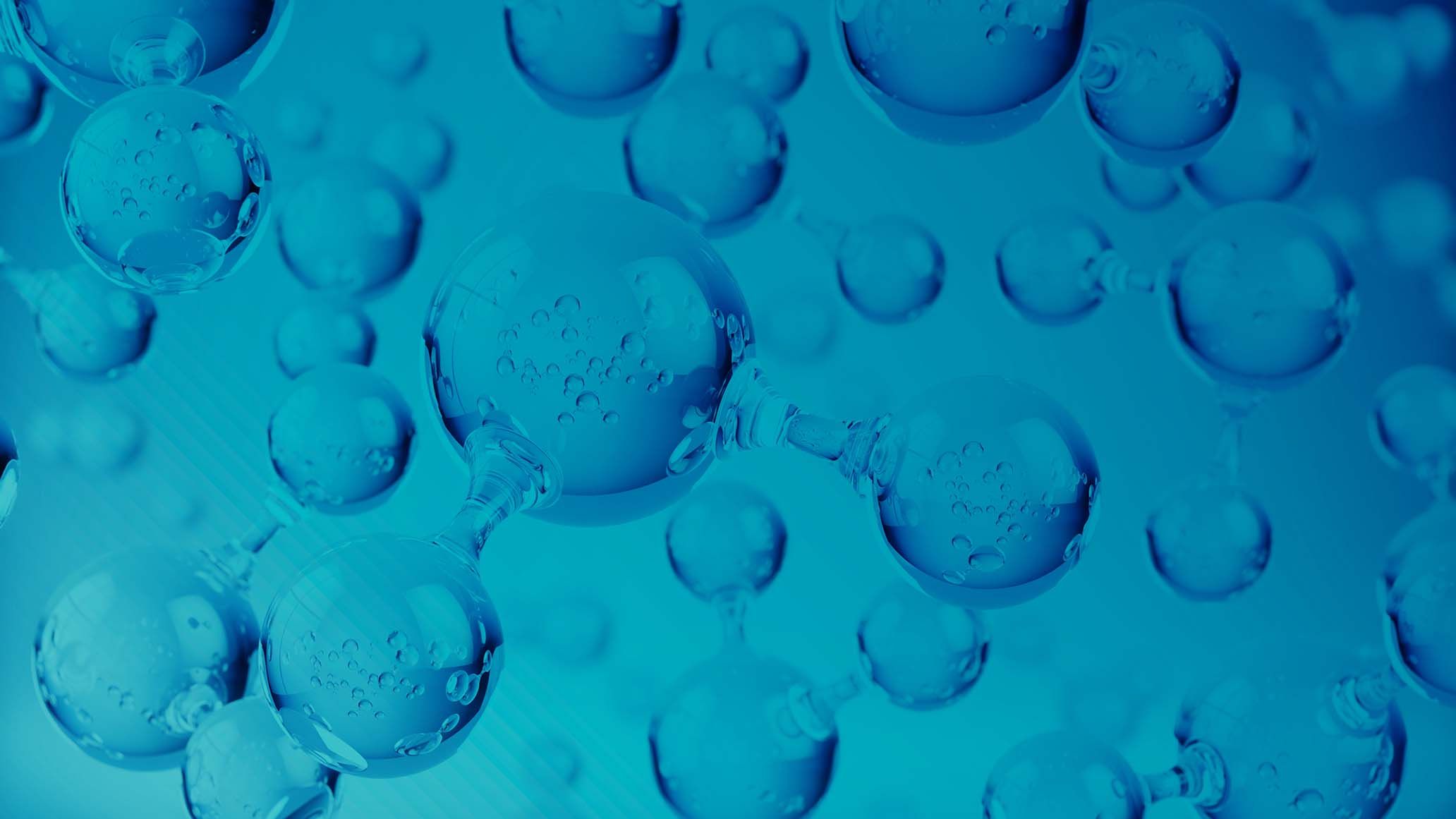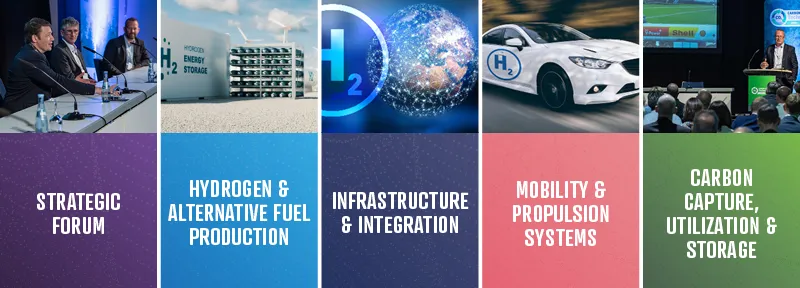H2SITE reveals their first ship to use ammonia cracking to produce hydrogen for fuel
)
H2SITE recently announced that they have successfully developed an ammonia cracker which is suitable to be used on-board a ship for the production of hydrogen.
This is a huge breakthrough for the company and for the maritime industry as the hydrogen produced from the ammonia will be high-purity and fed to a PEM fuel cell, where it will be converted into power. This will be taking place on BERTHA B, a supply ship currently sailing around the shores of the Gulf of Biscay. The integrated membrane reactor has already been installed on the ship and is now being operated, whilst on board. The process the machine will be following, during the ammonia cracking, is a very difficult one, but companies are showing it an increased interest, as it becomes a more prominent potential hydrogen carrier, which has the ability to be used for onboard services. Ammonia cracking is able to be used in engines, or it can be cracked and produce hydrogen which can consequently be used in fuel cells. However, an integral step before it is used in fuel cells, is that it must be purified in order to remove any traces of ammonia.
H2SITE has done all the necessary groundwork to ensure that their ammonia cracking process is as smooth and clean as possible. This includes their membrane reactors efficiently transforming all the ammonia, whilst simultaneously delivering a stream of high-purity hydrogen to the fuel cell. This is all done within a single step process, highlighting how efficient and how much work has gone into this process of producing greener energy.
This project is incredibly significant within the maritime industry, in particular the maritime transport sector, as studies show that this sector has produced 2% of global greenhouse gas emissions. Therefore, this project opens up possibilities for emission reductions to be made possible within the maritime industry, if ships make the transition and move away from hydrocarbons and towards green fuel options, for example hydrogen.
Throughout this project H2SITE has collaborated with multiple partners, who also play large roles in decarbonising the maritime industry. These companies include Zumaia Offshore, Erhardt Offshore, Ajusa, and TECNALIA, as well as Enagas and ABS.
The Technical Director at H2SITE, Jose Medrano, mentioned that the company’s membrane reactor technology improves the system efficiency, as well as reducing the footprint of the installation. Medrano commented, “This is especially important in applications where space is limited, such as onboard a vessel. We have focused our design efforts on minimising the ammonia consumption, which will be key for the scale up to suit higher power output units.”



)
)
)
)
)
)
)
)


)
)
)
)
)
)
)

)
)
)
)
)
)
)
)

)
)
)
)
)
)
)

)
)
)
)

)
)

)
)
)
)
)
)
)
)

)
)
)
)
)

)
)

)
)
)
)
)
)
)
)


)
)


